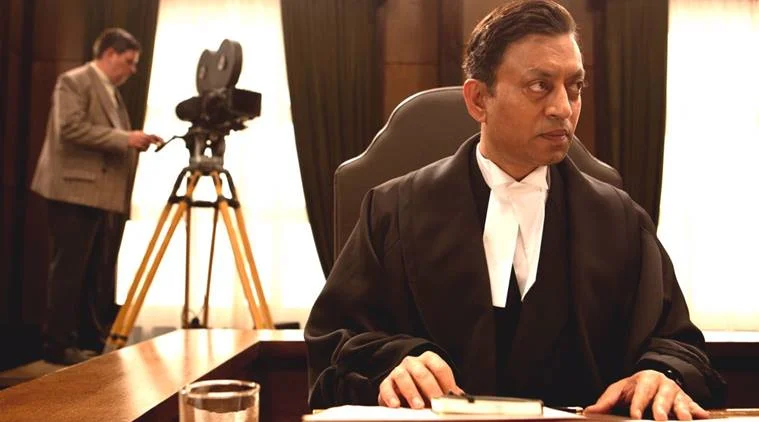Pablo Larraín’s JACKIE
Movie review by Dennis D. McDonald
What strikes the viewer immediately about JACKIE is not the images but Mica Levi’s music. It’s relentlessly atmospheric and sometimes ethereal. It reminded me somewhat of a Philip Glass score -- but without the rhythm (if that is possible).
The music places the viewer in another time and place yet there is no hackneyed use of early-1960s pop music (which would probably be meaningless by now to the majority of viewers). Instead we focus on the character of Jackie as she tries to hold things together immediately following the 1963 assassination of JFK in Dallas.
Watching Natalie Portman in this role made me wonder about her own grip on reality. Her approach to getting into Jackie's head projects wildly fluctuating feelings and emotions. It’s at times difficult to watch but you can't turn away. Portman is front and center almost 100 percent of the time, much of the time via full-face closeups.
Production details are amazingly detailed. The White House recreation looks real down to the paintings hanging on the walls. Sit through the credits and you'll see a large list of acknowledgments to various museums, collections, and owners.
The focus here is primarily on people not politics. There is much subtlety especially in the back and forth between Robert Kennedy (Peter Sarsgaard, last seen by me as the bad guy in The Magnificent Seven) and Jackie. Even brief vignettes are very carefully played. Watch, for example, what plays out when Jackie tells LBJ to "Sit down!"
Despite its story and characters Jackie is not a history lesson. We're watching an intelligent young mother of two small children hold things together as her world is torn apart. While it may be fashionable these days to denigrate JFK's personal and political failings, that's not what is on display here. We watch a strong but vulnerable and at times shrewd young woman simultaneously balance her personal and public lives under extraordinary circumstances. In that regard JACKIE succeeds admirably.
Review copyright (c) 2017 by Dennis D. McDonald


